
Travel is much more accessible than you might imagine. At any moment you can open a bottle of Chardonnay from distant Australia and feel notes of flowers and white peaches. So let’s go on a journey through the tastes and aromas associated with our favorite countries. And so that it doesn’t get boring, we have selected a recipe for each type of wine.
Cotes de Provence Rose from France

France is the world’s leading producer of rosé wines. The rocky soil of the Provence vineyards, the combination of old and new production technologies, the continental microclimate – the result is a light wine with notes of strawberry, watermelon and orange zest.
Gastronomic couple. The simplest one is baked chicken with herbs and green salad. Rose also makes an excellent Frose cocktail. To do this, freeze a bottle of wine. Pour sugar (160 grams) with cold water. Heat the mixture until the sugar is completely dissolved, add 250 grams of fresh strawberries and let it brew for half an hour. Strain the finished syrup and cool. Then combine the frozen wine, strawberry syrup and the juice of one lemon in a blender. Pour into glasses. “Froze” is ready.
Prosecco from Italy
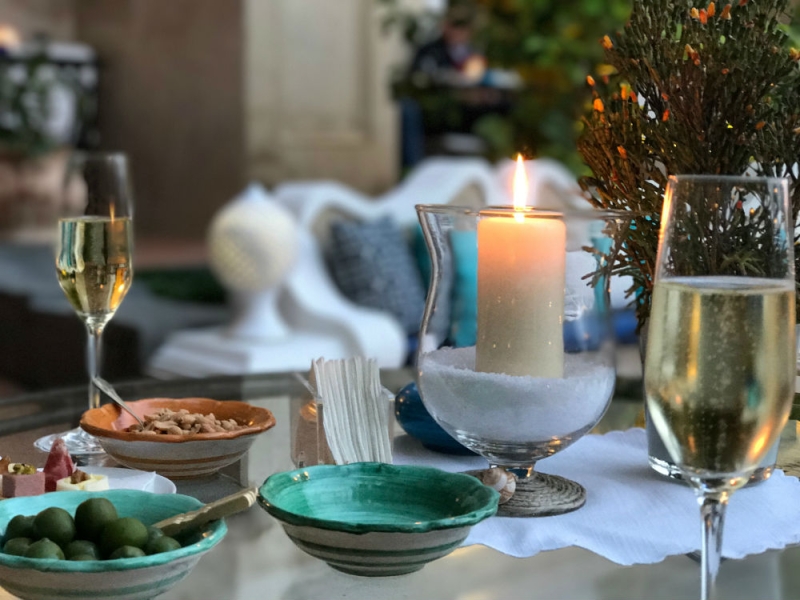
The most famous Italian sparkling wine. Light, fresh, slightly
caramel. The aroma includes green apples, pear, white flowers. The taste is the same apples, citruses and a little cream. For production, Glera grapes grown in the Veneto and Friuli-Venezia Giulia regions are used. The best Prosecco is made in the commune of Valdobbiadene.
Gastronomic couple. Pasta with creamy sauce, cheese and seafood. If you want to experiment, serve some spicy Thai noodles with your wine.
Bobal from Spain
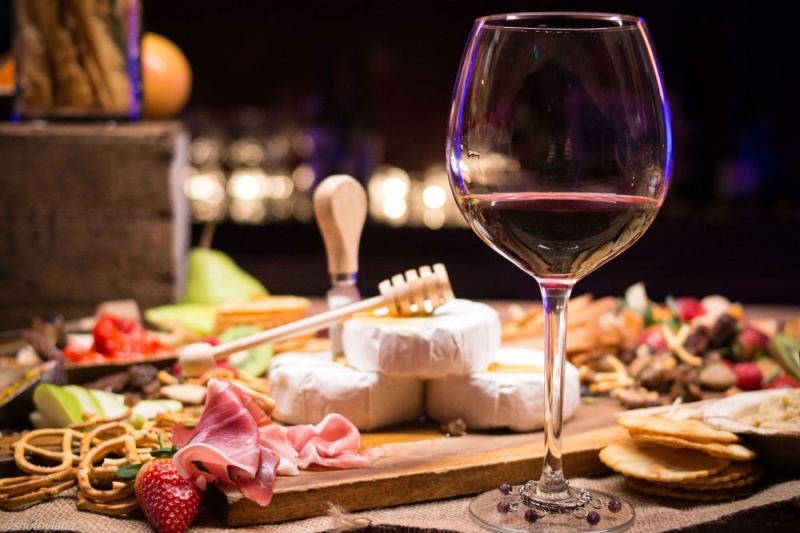
A variety that grows only in Spain. Bobal makes good red wine at a reasonable price. This grape is not particularly well known in the world, but in Spain it is the second most popular among red varieties. Wine from Bobal is soft and velvety. The aroma includes blackberry, pomegranate, cocoa.
Gastronomic couple. Pork in pomegranate sauce to highlight the fruity notes of the drink.
Pinotage from South Africa
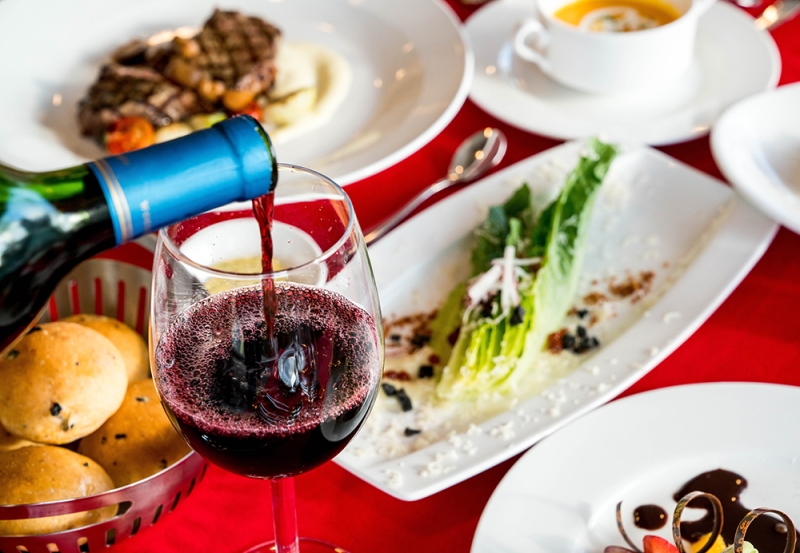
In 1925, scientist Abraham Isaac Perold crossed noble Pinot Noir and basic Cinsault. The resulting red grape variety, Pinotage, is a symbol of the Republic of South Africa. The wines it produces are tart, rich, with notes of red berries and figs. And at the same time they are sold at very affordable prices.
Gastronomic couple. Serve young Pinotage with sushi and rolls. Aged – with teriyaki pork. Pinotage makes the meat sweetish.
Zinfandel from California, USA
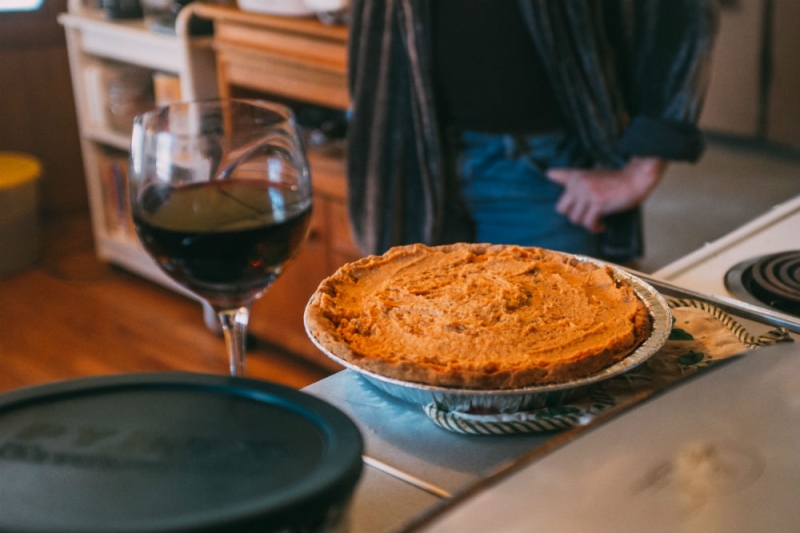
According to one legend, Zinfandel came to the United States from Vienna. According to another, this grape is a descendant of the main Croatian variety Plavac Mali. Now Zinfandel is an enduring symbol of California. The Sonoma and Napa Valleys are home to several wineries that produce rich, bold red wine. Volcanic soil gives Zinfanel well-structured notes of blackberry, prune, tobacco and pepper.
Gastronomic couple. Zinfandel goes well with Turkish cuisine. The kebab will help bring out the spice of the wine. For a quick snack – a nut-fruit mixture.
Sauvignon Blanc from New Zealand
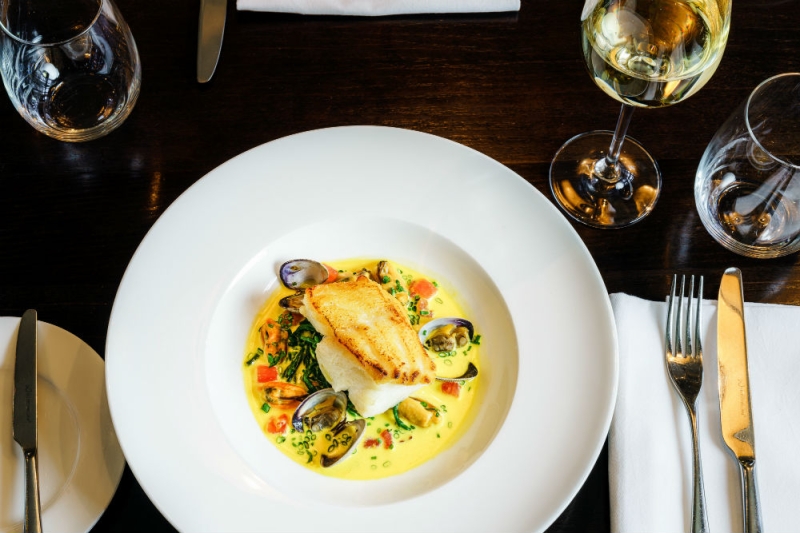
New Zealand is the world capital of Sauvignon Blanc. At the same time, New Zealand winemakers adhere to a policy of environmentally friendly use of natural resources: production uses only solar energy, the carbon footprint is minimized, waste is recycled, and the flora and fauna of the vineyards are carefully protected. The Marlborough region, in the north of the South Island, produces high acidity wine with aromas of passion fruit, kiwi, and jasmine.
Gastronomic couple. Sauvignon Blanc goes well with dishes Asian cuisine, for example, Vietnamese spring rolls. From a non-standard food pairing – spicy chips with chili.
Mosel Riesling from Germany
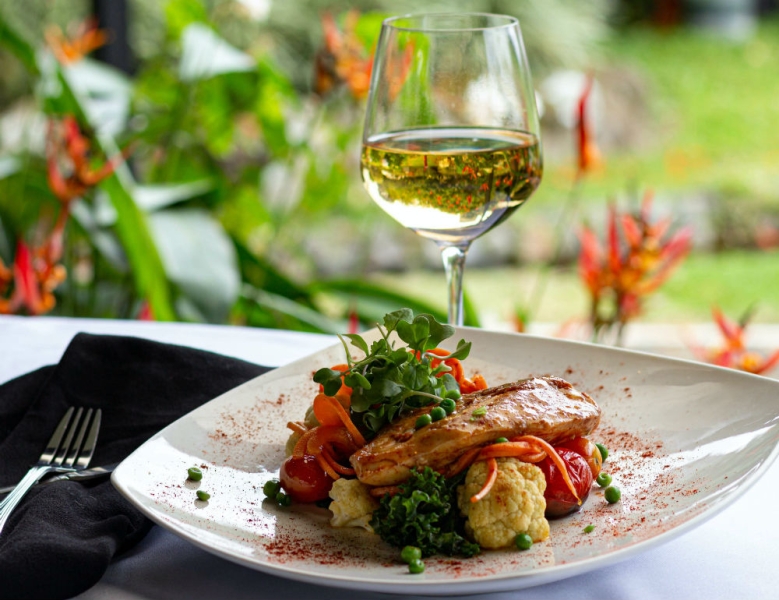
An aromatic white grape variety from which both dry and sweet wines are made. The Moselle region produces some of the best wine. It has high acidity, a mineral balanced taste with notes of lime, green apple, pear and gooseberry.
Gastronomic couple. Serve semi-dry Riesling with lemon tart or baked pumpkin with herbs. The dry version of this drink goes well with Chinese gongbao chicken. It is made from sirloin pieces fried with peanuts and chili peppers.
Malbec from Argentina
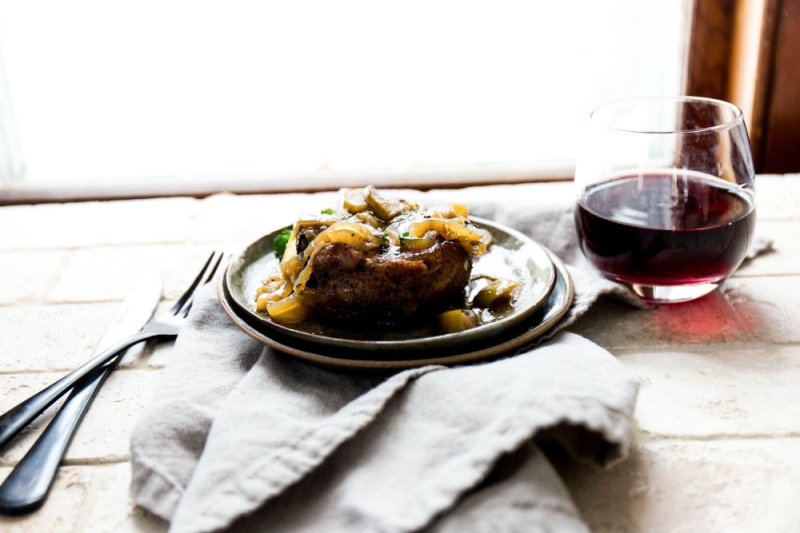
Argentina is the country of Malbec. Most of the vineyards here are located at the foot of the Andes. Active sunlight and melt water give the wine complex tannins, deep color and good acidity. The aroma includes blackberry, plum, mocha, red pepper and tobacco.
Gastronomic couple. Argentina’s most popular wine pairs best with steak picanha. Just fry the meat on each side for 2-3 minutes. Then add salt and pepper.
Grüner Veltliner from Austria

Many people go to Vienna for opera, architecture and museums. And they don’t even suspect that several thousand hectares of grapes have been growing in the suburbs for many centuries. First of all, Grüner Veltliner is the main Austrian variety. This is a light, mineral, acidic wine with notes of yellow apple, pear, gooseberry and white pepper.
Gastronomic couple. Serve Grüner Veltliner with sushi or sashimi. However, you can drink wine without accompaniment. In this case, the bottle should be cooled further.
Shiraz (Syrah) from South Australia
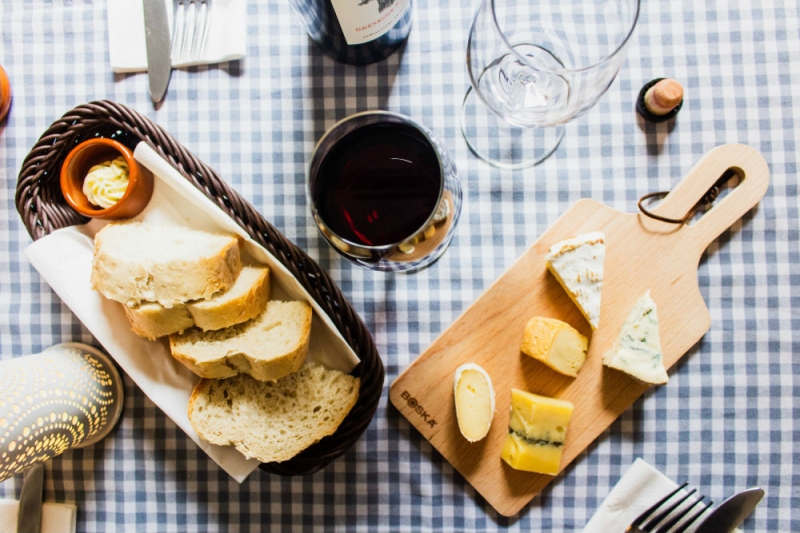
Australians came up with their own name for French Syrah – Shiraz. Now this is the most common grape variety on the green continent. The best Shiraz comes from South Australia, where the vines are over a hundred years old. Smoky and velvety, the wine contains notes of blackberry jam, fruit cake, camphor and tobacco.
Gastronomic couple. Shiraz style wine is fully revealed in a duet with a good old bacon burger. If you want something simpler, then serve unleavened pancakes stuffed with minced beef.
While the borders are closed, make plans for future trips, stay home and enjoy good wine. The epidemic will end, and we will continue to travel and get acquainted with the gastronomic culture of countries.
Text: Maria Dubkova

